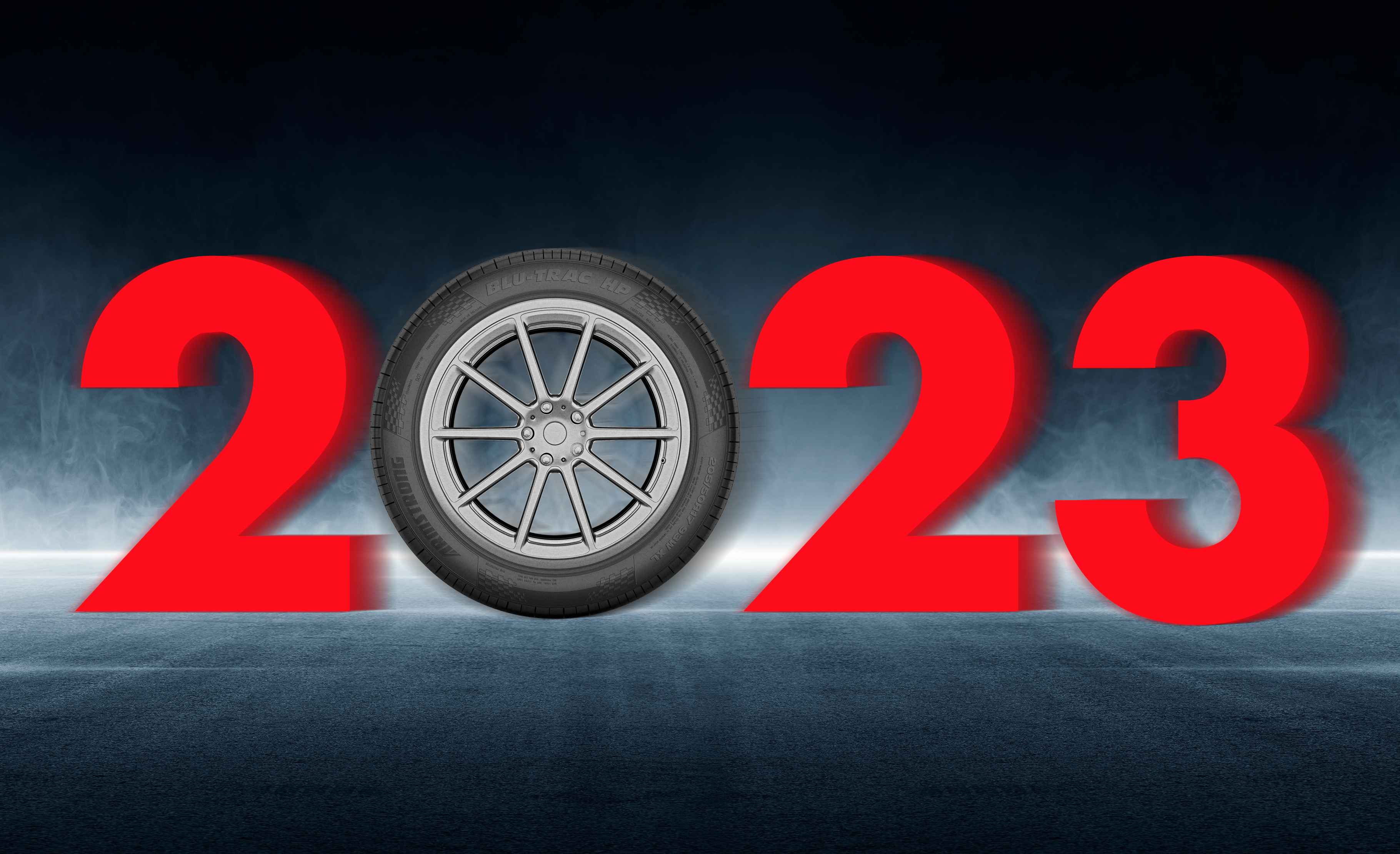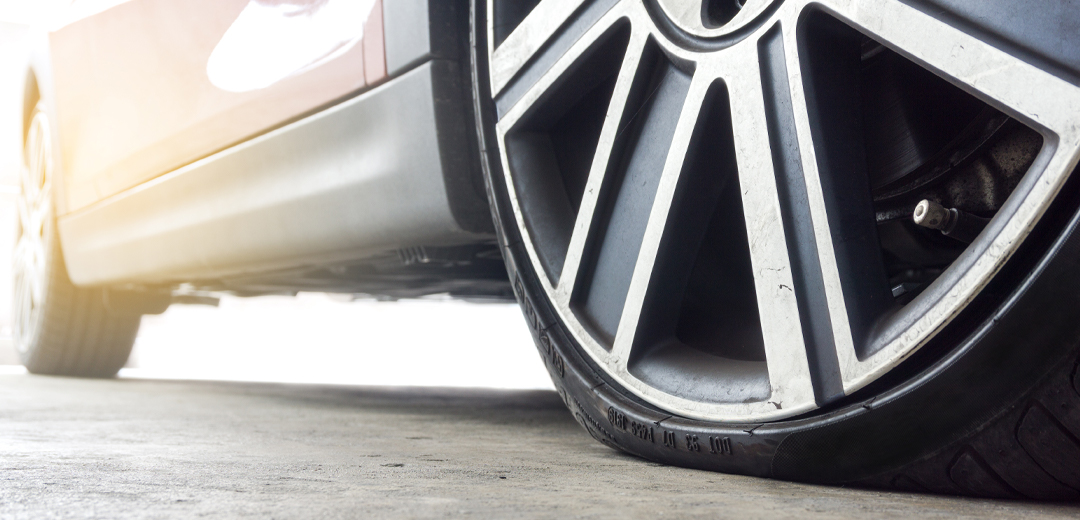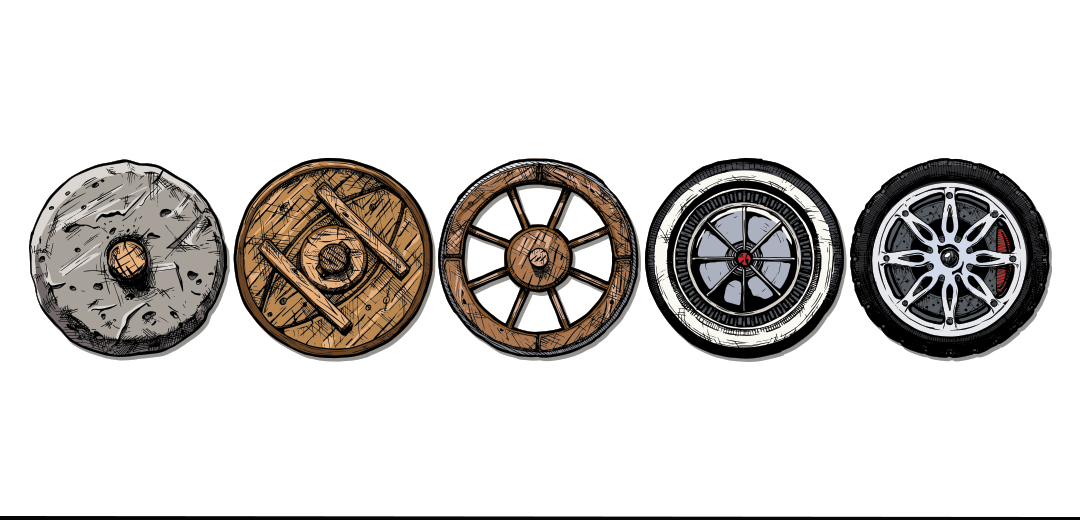
The world moves on wheels and is considered to be man's greatest invention. The word tyre comes from the French word tirer, which means "to pull," as per Wikipedia. Tyres were formed and composed of bands of leather or iron placed on wooden wheels prior to the advent of pneumatic or air-filled tyres. This would prevent rapid wear and tear on the cart and wagon wheels. It all started around 5000 years ago. Manufacturers have to work with the wheel first to get to the tyre. That wasn't discovered until the Bronze Age, around 3,000 BC. The axle and wheel combination, which is still used in automotive operations today, came next. So it's not a stretch to claim that the creation of tyre technology was essentially a reimagining or recreating of the wheel. To understand the history of tyres, you must first understand the evolution of the wheel. FROM STONE TO RUBBER - THE BEGINNING The wheel was first documented in the Neolithic era, soon before the Bronze Age, around 3500 BC. Wheels were first utilized in agriculture and have since been used in everything from chariots to toys, and have become a symbol of human technological progress. The wheel was originally just a bent piece of wood. Wear and tear were, and continue to be a big concern with these wheels. While the continual rotation around a central axle was ideal for lifting big loads or moving swiftly, it did imply that the wheel would eventually wear out. They would also not wear away evenly. A disposable layer was required, one that would absorb damage, wear away, and then be readily replaced at a fraction of the cost of a new wheel. In the beginning, tyres were made from leather bands wrapped around wooden wheels. The leather was quickly replaced with metal bands that lasted much longer. Steel tyres were applied to metal train wheels with the introduction of trains and railway networks. Metal tyres were employed on waggons used to tame the West because they were long-lasting and inexpensive but were exceedingly unpleasant and unreliable. Tyres did not start to appear as they do now until the mid-nineteenth century. That was due to the rubber vulcanization efforts of Thomas Hancock (of the Charles Macintosh Company) in Great Britain and Charles Goodyear in the United States. Natural rubber was vulcanised, which transformed it from a useful but somewhat weak material into a more elastic and durable product. Tyres were produced of solid rubber soon after the discovery of vulcanization. These tyres were tough, absorb shock and withstand scratches and abrasions. Despite being a significant improvement, these tyres were exceedingly hefty and did not give a smooth ride. There are still solid rubber tyres available today. TYRES AS WE KNOW IT Robert William Thomson, a Scottish inventor, designed and patented pneumatic or air-filled tyres in 1845. His concept included many tiny tubes inside a leather cover to attenuate shocks (see image). However, because of its severe constraints, it was never fully put into production. However, in 1888, John Boyd Dunlop of Ireland invented the first functional pneumatic tyre, known as Dunlop tyres. In 1888, Benz created the first gasoline automobile, which included metal tyres coated in air-filled rubber. This was the beginning of the pneumatic tyre, which was first seen by the public in a car race between Paris and Bordeaux. Pneumatic tyres were popular in the late 18th century due to the increased usage of bicycles. The tyres really got into their stride after this point. The Michelin brothers invented the removable pneumatic tyre in 1891, while firms like DuPont worked to synthesise rubber, which helped expand tyre performance possibilities. At the time, tyres were commonly built in a cross-ply pattern, which meant that the outer casing of the tyre was made up of crisscrossing layers of material. To compensate for the industry's reliance on oil, the US-based Goodyear Tyre Company – named after vulcanisation pioneer Charles Goodyear – developed the tubeless tyre in 1947. The inner liner made the tyre layers airtight, eliminating the requirement for an inner tube. The development of radial tyres was the next significant step forward. This technical advancement replaced cross-ply construction because its constantly laterally wrapped (and hence radial) shell provides improved performance and fuel economy. Radials are now used on almost all cars and trucks in Western countries. Some say that cross-ply tyres are more resistant to overloading and last longer. As a result, certain specialised, agricultural, and industrial applications continue to choose cross-ply tyres. However, it should be noted that these are still in the minority. In the 1950s, the radial tyre was created. It is a type of tyre in which the cords and carcass plies are positioned vertically in relation to the driving direction. Radial tyres proved to be more fuel-efficient than other types of tyres. They ensured that the tread made consistent contact with the road surface. As a result, high-speed driving was exceptionally stable. In 1979, the run-flat tyre was invented. It allowed automobiles to go up to 50 miles at 50 mph despite a punctured tyre. Later, other varieties of tyres were developed, including eco-friendly tyres and the Ultra-High-Performance tyre. UHP tyres have larger diameters than 16 inches and provide better handling, braking, and drivability. The journey of the tyre is as old as civilisation itself. With manufacturers coming to the forefront with innovation, these rubbery wonders are only gonna improve and take people to lands even beyond our planet. And in this plight, with a strength of a hundred-year legacy, Armstrong Tyres are here to change the way the world moves.
.jpg)
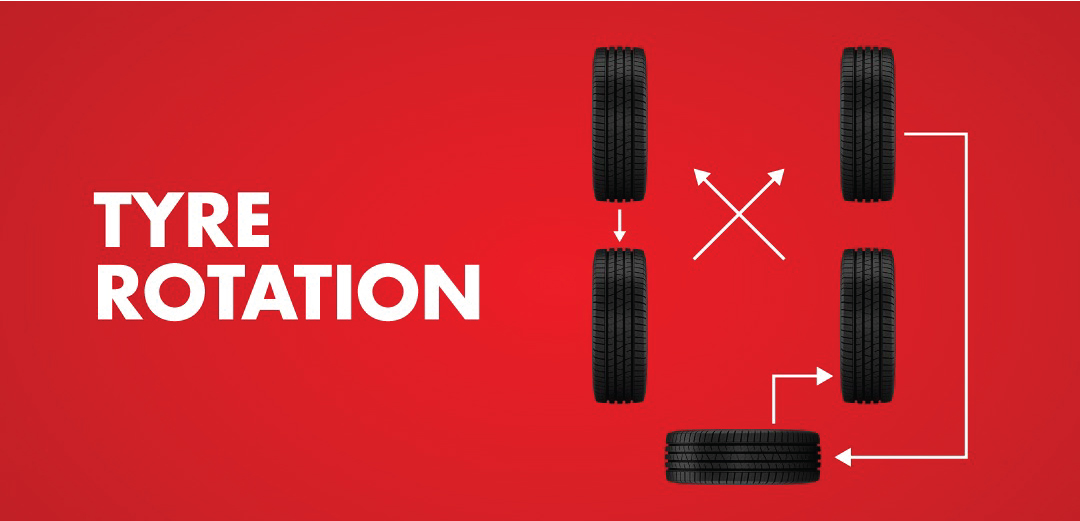
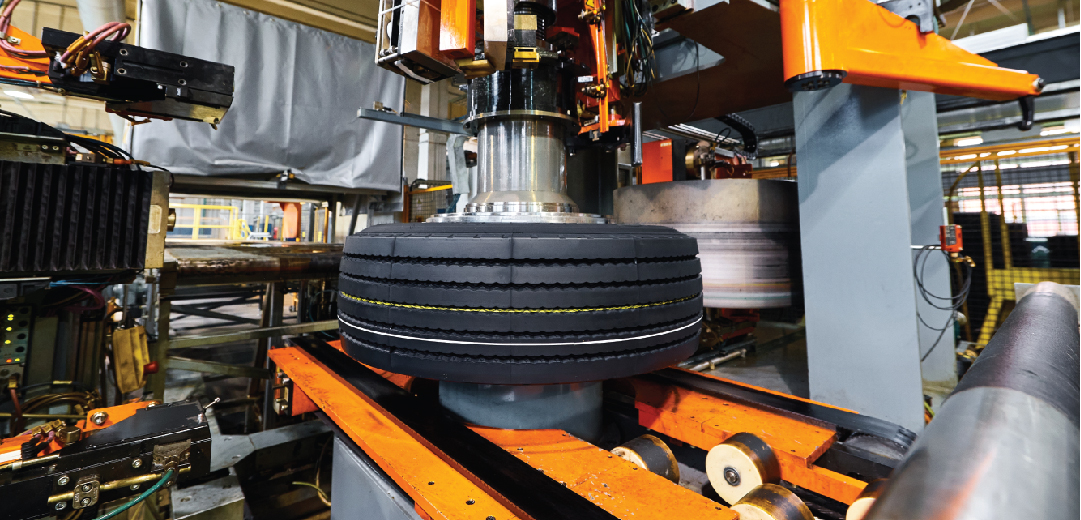
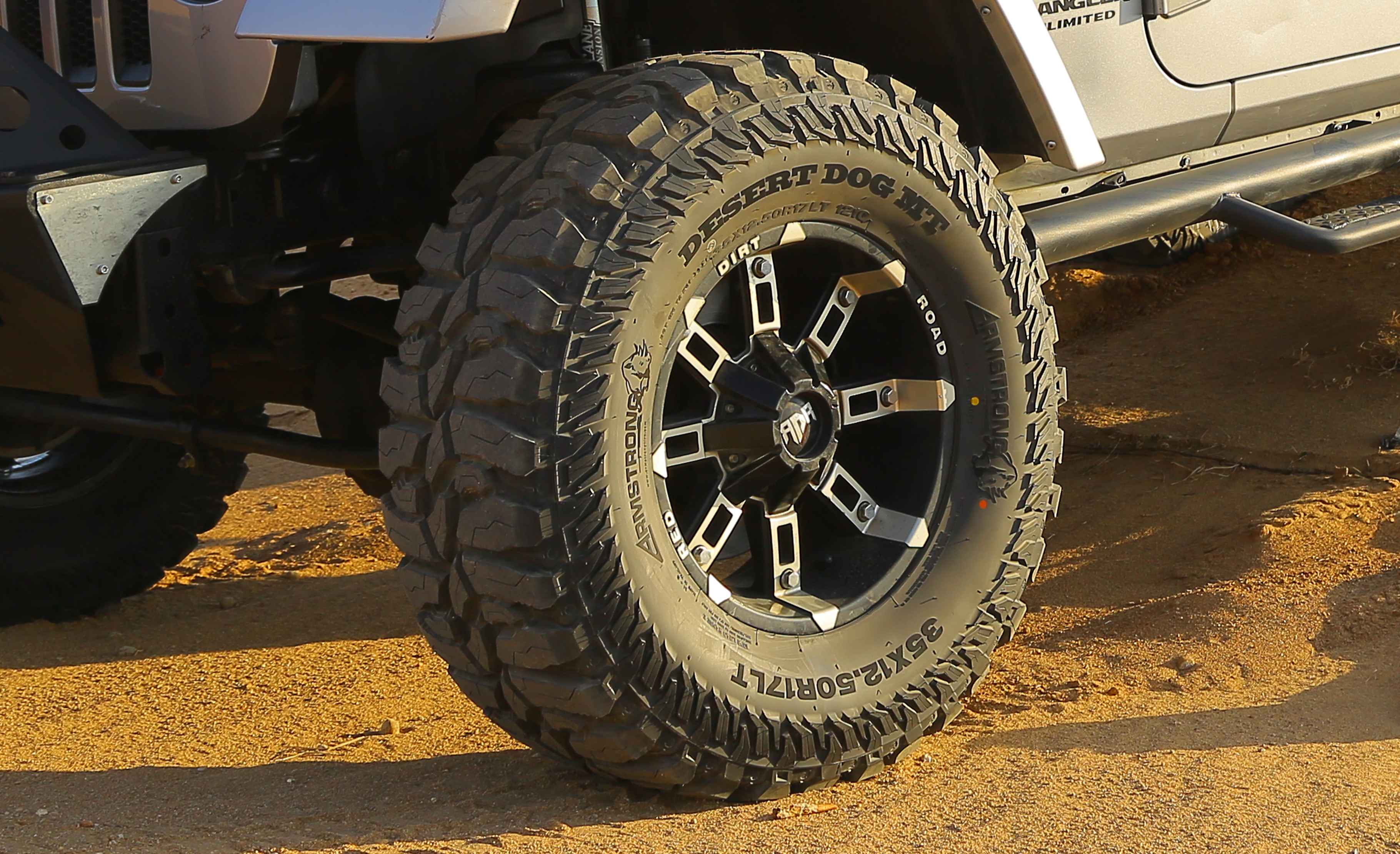
Armstrong Tyre's Guide to Safe Summer Driving in MEA: Tips, Tricks, and Tyre Safety
13-Jul-2023
Read More